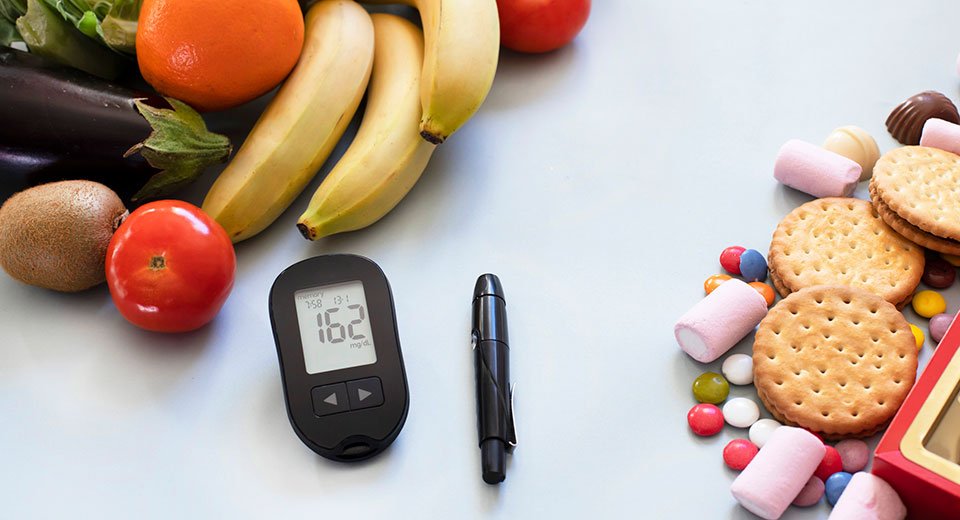Controlling blood sugar with diet
Paying attention to your diet is a must for people with diabetes, and it starts with knowing which foods spike your glucose levels. But, is sticking closely to a so-called ‘low glycemic food index (GI)’ diet essential?
People with diabetes don’t produce enough insulin or cannot use insulin properly, causing glucose to accumulate in their blood. In addition to medication, the best way to control diabetes is to eat foods that the body absorbs slowly to avoid spikes in blood sugar. New research shows that eating low GI foods can help.
A systematic review of 29 trials with a total of 1,617 participants suggests that people with low GI patterns of eating improved their blood sugar response over time. The review, published in the medical journal The BMJ, focused on middle-aged people with diabetes who were overweight or obese. In addition to better blood sugar control, they also had improved blood lipids, weight, blood pressure and inflammation.
Cape Cod Hospital clinical dietitian Rachel Songer, RD, says it’s good for people to be aware of the glycemic index of foods, but she doesn’t think patients should overthink the topic or focus on it. There are glycemic index charts that show foods with a low (55 or less), medium (56 to 69) and high GI (over 70) that patients can consult, but they can be a bit misleading, she said.
For example, watermelon, with a GI of 80 is considered high, but Songer would never recommend that people not eat watermelon because of that. All fruit is healthy regardless of GI score and should be incorporated into your diet.
“I think focusing on glycemic index is too strict” she said. “A healthy and diverse diet is more important to focus on. It’s about your lifestyle in general, a lot of things affect your blood sugar including how active you are.”
It’s also important to keep in mind that everyone’s calorie needs are different. A sedentary older person doesn’t need as many calories as an athlete or growing adolescent.
“There are so many things you have to take into consideration, so there is not really a blanket statement like ‘this is how much everyone needs to eat.’ It’s very individualized,” said Songer.
Avoiding Sugar Spikes
That said, she does counsel patients with diabetes on how to avoid the really high sugar spikes. That can be done with a few simple dietary changes. One is to avoid fruit juices and focus on eating the whole fruit. Juices contain a simple sugar that is absorbed quickly, causing a blood sugar spike. It takes the body longer to digest the fiber in a whole fruit so it is absorbed more slowly.
“A whole grain bread, whether it’s rye or wheat or oat, has more fiber and it’s less processed, whereas a white bread is more processed and during processing they remove a lot of the fiber,” Songer said. “So, again, it’s just digested a lot more quickly. Your body digests it and absorbs it a lot faster, so therefore it can spike your blood sugar quicker and a little bit higher.”
It’s all about variety, she said. “We counsel patients on a high-fiber diet incorporating more plant based foods and less processed foods, small frequent meals and snacks with a consistent carbohydrate intake.”
Songer advocates a meal plan that incorporates that variety and follows the Mediterranean diet.
Meal Tips
Songer suggests that her patients with diabetes eat oatmeal with fruit and some nuts or seeds as a healthy breakfast. Another good breakfast is poached eggs with whole grain toast and a piece of fruit. Nuts and fruit or veggies and hummus make a good snack, she said.
For lunch, she suggests a low-sodium homemade vegetable soup or a plant-based taco with some lentils or black beans with some diced up veggies or a salad.
A sample Mediterranean dinner could be baked cod or salmon with whole grain couscous and steamed spinach or broccoli with lemon juice and herbs.
“We’ve been seeing a lot more vegans and people who are aware of plant-based nutrition,” Songer said. “But I think there still is a big mix. Because of our fast-paced kind of environment and lifestyle, people are still choosing a lot of fast food and takeout, which can be unhealthy."
She cautions patients that some processed plant-based “burgers” aren’t really a very healthy choice, as they tend to be high in sodium. She recommends reading the ingredients on the label and choosing ones that contain actual foods like black beans, chickpeas and carrots.
“But honestly, if you can it’s just better to make your own,” she said. “It’s pretty simple if you just take a little time. Dice up some veggies, sauté them until soft and mix them with some canned beans that you’ve mashed up. There are recipes you can find online where you can make your own homemade veggie burger and pop it in the oven and that would be a lot healthier than a store bought one.”
Eating habits are established in childhood, so it can be hard to make changes as an adult, she acknowledged. But it’s not impossible. It just takes patience.
